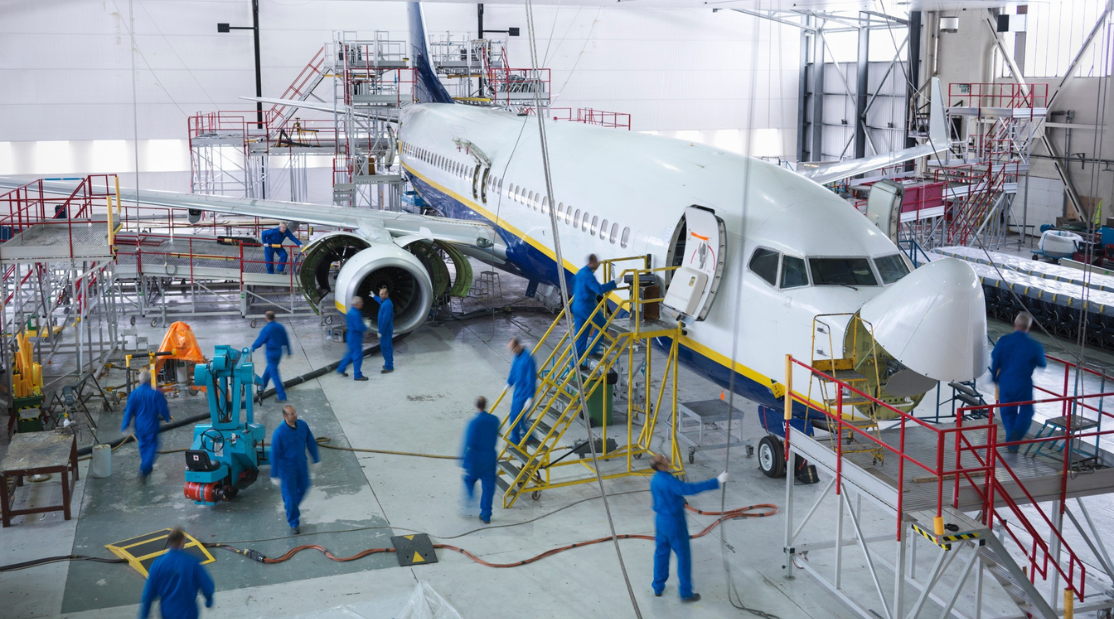What happens when an essential resource becomes harder to find and more expensive to buy? That’s the challenge aerospace manufacturers are facing with helium. As a key component in leak testing, helium ensures the safety and reliability of fuel systems, propulsion components, and high-pressure vessels. But with rising costs and supply shortages, relying on a steady stream of helium is becoming increasingly difficult. The solution isn’t to wait for prices to drop—it’s to rethink how helium is used. By improving efficiency, recovering helium, and exploring alternatives, manufacturers can take control of their supply and keep operations running smoothly.
Why is There a Helium Shortage?
Helium isn’t just used in aerospace—it’s essential for medical imaging, semiconductor manufacturing, and scientific research. The demand is high, but the supply is limited. Helium is extracted as a byproduct of natural gas production, and its availability depends on a small number of global suppliers. When disruptions occur, the effects ripple across industries, driving up costs and making supply unpredictable.
For aerospace manufacturers, this volatility poses a real problem. Leak testing processes rely on helium’s unique properties, but when prices spike or supply tightens, testing operations can slow down or become significantly more expensive. That’s why forward-thinking manufacturers are shifting their approach to helium use.
Strategies to Reduce Helium Dependence
Instead of accepting helium price hikes as an unavoidable cost of doing business, manufacturers can take steps to use helium more efficiently, reduce waste, and secure their supply.
1. Minimise Helium Waste
In many testing facilities, helium is still used once and then vented into the atmosphere. This wasteful approach is no longer practical. Implementing better usage controls can significantly cut down on unnecessary helium loss. Some ways to do this include:
- Optimising test cycles to use only the helium necessary for accurate results
- Identifying and fixing leaks in test equipment to prevent helium from escaping
- Using helium blends instead of pure helium where possible
Even small adjustments can add up to substantial helium savings over time.
2. Invest in Helium Recovery Systems
One of the most effective ways to cut helium costs is to capture and reuse helium instead of constantly buying more. Helium recovery systems, such as PURE, allow manufacturers to reclaim used helium, purify it, and feed it back into the system.
This approach offers several advantages:
- Lower long-term costs by reducing helium purchases by up to 90%
- A more stable supply that isn’t dependent on unpredictable market conditions
- A more sustainable operation with less waste and environmental impact
For companies using large volumes of helium, a recovery system can pay for itself in just a couple of years.
3. Consider Alternative Testing Methods
While helium is the preferred choice for leak testing in aerospace, some components may be tested using alternative methods. Technologies such as hydrogen-based leak detection, forming gas, or pressure decay testing can sometimes provide a viable substitute.
Potential alternatives include:
- Forming gas (5% hydrogen, 95% nitrogen) for applications where helium isn’t essential
- Pressure decay testing for non-critical components
- Mass flow testing for certain propulsion and fuel system parts
It’s important to carefully evaluate whether these alternatives can provide the necessary precision for specific applications, but for some manufacturers, they offer a way to reduce helium dependence.
4. Secure a Reliable Helium Supply
For manufacturers who still rely on helium for testing, securing long-term supply contracts with trusted suppliers can help stabilise costs. Locking in supply agreements can reduce exposure to market fluctuations and prevent unexpected shortages from disrupting production.
5. Plan for the Future
The helium supply issue isn’t going away anytime soon. Manufacturers that take steps now to reduce waste, invest in recovery technology, and explore alternative solutions will be in a stronger position moving forward. Those who continue using helium inefficiently may find themselves facing even greater challenges as supply tightens further.
Taking Action Now
The aerospace industry is built on precision and reliability, and helium leak testing is an essential part of maintaining those standards. But in the face of a global helium shortage, manufacturers can no longer afford to take a wasteful approach. By improving efficiency, recovering helium, and considering alternatives, companies can protect their operations from rising costs and supply disruptions.
We’re helping aerospace manufacturers navigate these challenges with smart, cost-effective helium leak testing solutions. If you’re looking for a way to reduce helium costs without compromising quality, get in touch.
